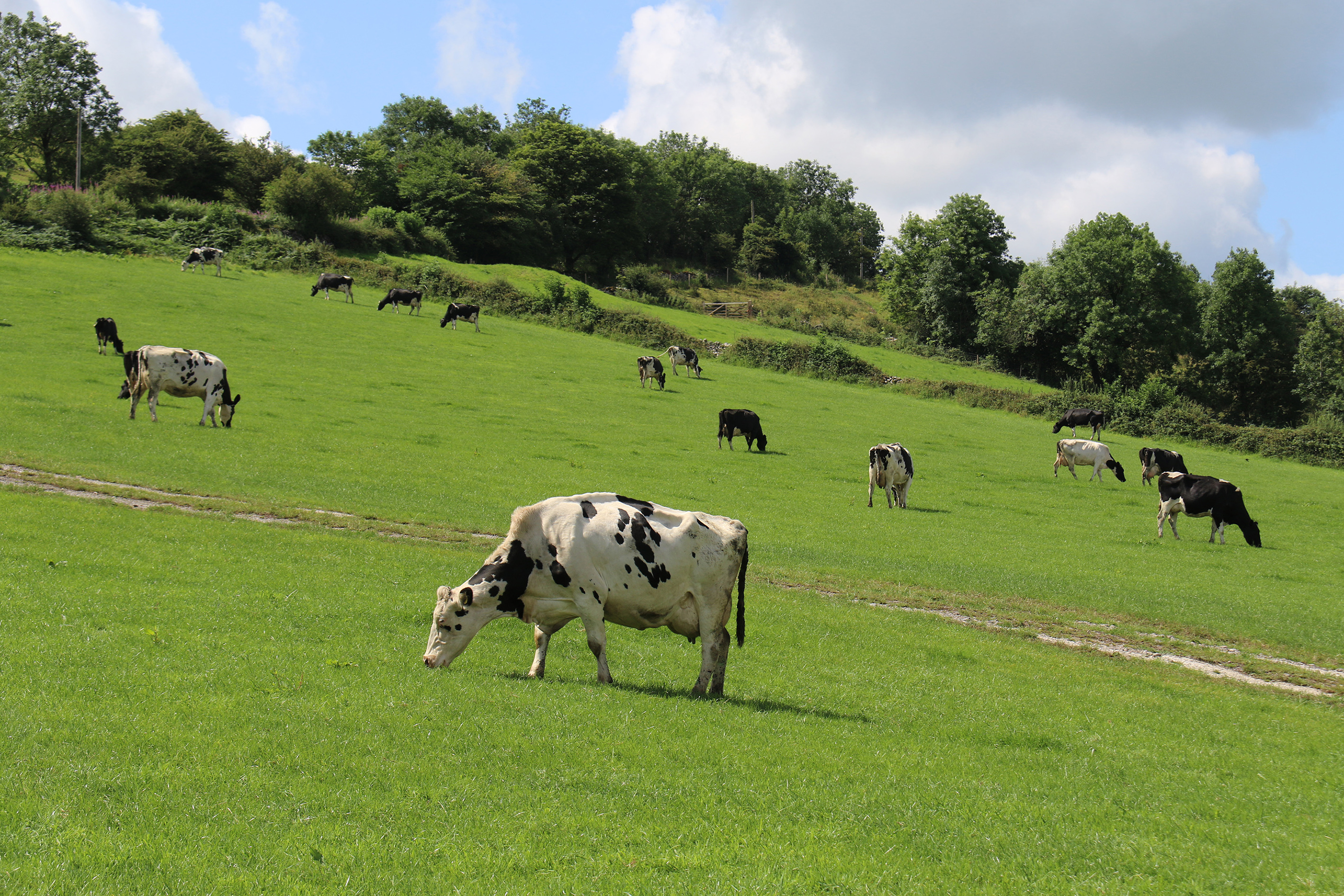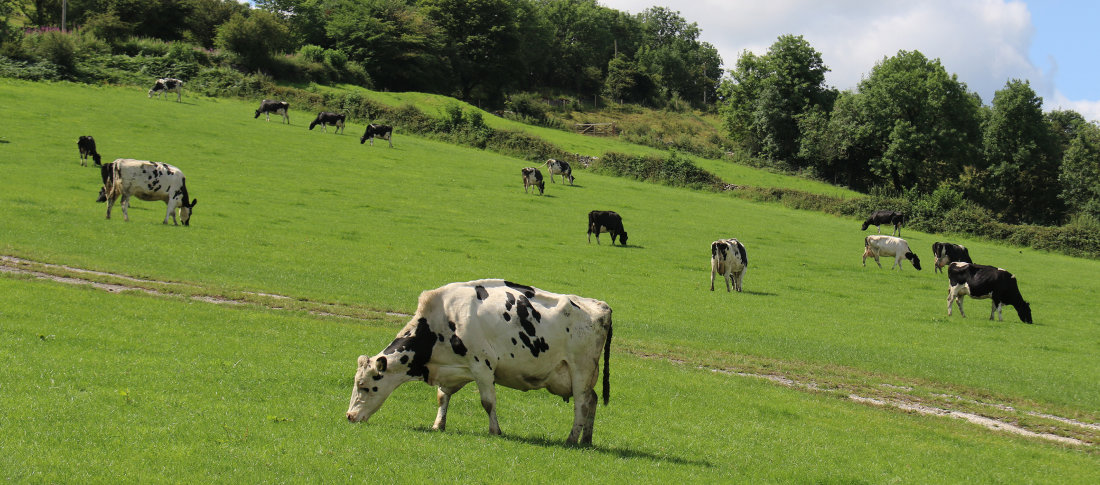Spring turnout creates many dietary challenges for dairy herds that can result in butterfat depression and fertility issues. However, negative effects can be reduced by balancing rumen function and energy supply, says Dr Richard Kirkland, ruminant nutritionist for Volac Wilmar Feed Ingredients.
“As cows transition from a controlled winter ration to grazed grass, the rumen has to adapt to the differing and more-variable forage source. The diet change alone can cause challenges to rumen function and milk production stability. Additionally, the low fibre and rapid fermentability of early, leafy grass growth can disturb the rumen's pH balance and cause the grass to pass through the digestive system too quickly, increasing the risk of acidosis,” says Dr Kirkland. “While early grass growth is high in energy, variable spring grazing conditions make it harder for energy supply to be consistently maximised, with a drop in fertility and milk production key risks.”
During early lactation, cows cannot eat enough to meet the high energy demands of milk production, leading to a negative energy balance. This means they rely on body fat stores to support the genetic drive for milk production, resulting in a loss of body condition. Research from the University of Nottingham indicates that for each 0.5-unit loss in condition during this period, conception rates can fall by around 10%.
Cereals are commonly supplemented to increase energy supply, but there is a limit on how much can be used in order to reduce the risk of the rapidly-fermentable starch pushing down rumen pH and with it increasing the risk of acidosis and low milk fat.
“Digestible fibre sources such as soya hulls, citrus and sugarbeet pulp will help balance the starchy energy sources and aid rumen function and milk fat, though offer less of the rumen ‘tickle’ factor than higher-fibre forages. With lower energy concentration than cereals, the greater bulk of forage sources will limit the potential to deliver those vital additional megajoules,” explains Dr Kirkland.
According to him, using a combination of digestible fibre sources and rumen-protected fat supplements in buffer rations will help drive milk production and support fertility in early lactation.
“In contrast to other ingredients, rumen-protected fats are not fermented in the rumen and contain around 2.5-times the energy content of cereals. This makes them an ideal choice to sustain energy supply at grass where conditions can be unpredictable on a daily basis,” says Dr Kirkland.
Selecting the right fat supplement
When selecting a fat supplement to feed in turnout buffer rations, Dr Kirkland says producers need to remember that fat is more than just an energy dense ingredient, with the blend of fatty acids having a primary impact on performance response. Therefore, fatty acid blends should reflect what the farm is trying to achieve and milk contract requirements.
“During the early lactation period, C18:1 (oleic acid) is a key fatty acid, increasing partitioning of energy and nutrients to improve body condition as well as improving development of fertilised eggs. However, given the challenges of early spring grass, products containing higher levels of C16:0 (palmitic acid) can be considered as effective ingredients to increase milk fat production,” explains Dr Kirkland.
To take advantage of the so-called ‘high-C16’ milk fat benefits while protecting fertility, Dr Kirkland recommends feeding a balanced supplement such as Mega-Fat 70. This will provide a higher level of C16:0 than the standard calcium salts but still supplies that important rumen-protected source of C18:1.
“By understanding the impact individual fatty acids have on production response throughout the lactation cycle, rumen-protected fat supplements become multi-purpose and allow producers the opportunity to balance rumen function and energy supply, while also targeting specific milk contract and herd performance goals,” concludes Dr Kirkland.

Buffer feeding a high fibre feed source in conjunction with an appropriate rumen-protected fat supplement is an effective way to mitigate butterfat depression at turnout.
